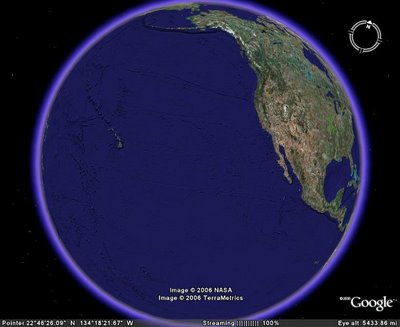 Today was my first workout after Ironman
Today was my first workout after Ironman It was a very choppy day in the La Jolla Cove, but the ocean was still packed with swimmers, kayakers and lifeguards on Jet Skis. The water was warm enough for an hour and a half swim.
Next weekend, I’ll swim in the La Jolla Rough Water Swim– which is a 1 mile or 3 mile race. If the water temp stays warm – I’ll do the 3 mile event. – The Gatorman.
There are many thoughts that go through your head when you start to workout again after an Ironman, or any major event. I always find myself asking why. Why do I find the sport of Triathlon so fantastic? It does not take long until answers start coming to me. The fitness, the energy, the food, the travel, the sense of accomplishment, and the people.
The sun was bright today, the air was warm and the ocean about 70 degrees. I started to swim, then on a big swell I poked my head up and could seem some other swimmers going in the same direction – so I motored over to them. I met up with them at the ½ mile buoy and we swam to
You feel safer in the water when there are more people around. I can remember one of the swimmers I met up with was the younger daughter of a Mark Allen’s old chiropractor from quite some time ago. Say that ten times fast.
She was 12. And with fins on she could outrun her mom and the other swimmers around us, even though apparently her sport is tennis. In any event, I have a vivid image of swimming with this group and periodically looking up, and all the other swimmers including Michaela the speedy kid – would look around, make eye contact with each other, or sight contact on each other, then continue.
It must be a human instinct -- when we’re out of our element, flailing our arms about while a mile into the Pacific Ocean donning only a bathing suit and goggles – to make safety eye contact with each other. Looking around, checking in, as if to say, “You’re still there, that’s good, and we’re all safe still.”

I simply feel better when accompanied by others in the world’s largest body of water – the
Is it not utterly human for us to want to look to our right or left and see someone else there -- making sure they are ok -- when we swim through the rough waters that sometimes can make up our lives?
My advice? Look around. Acknowledge the others around you. Find a few special people and build deep and meaningful relationships with them then glance over at them often, and let them know you are here.
When you’re in the largest body of water, it’s amazing to understand just how vast it is…
“The
“The Pacific Ocean encompasses a third of the Earth's surface, having an area of 179.7 million square kilometers (69.4 million sq mi and 161 million cubic mi) —significantly larger than Earth's entire landmass, with room for another
~

